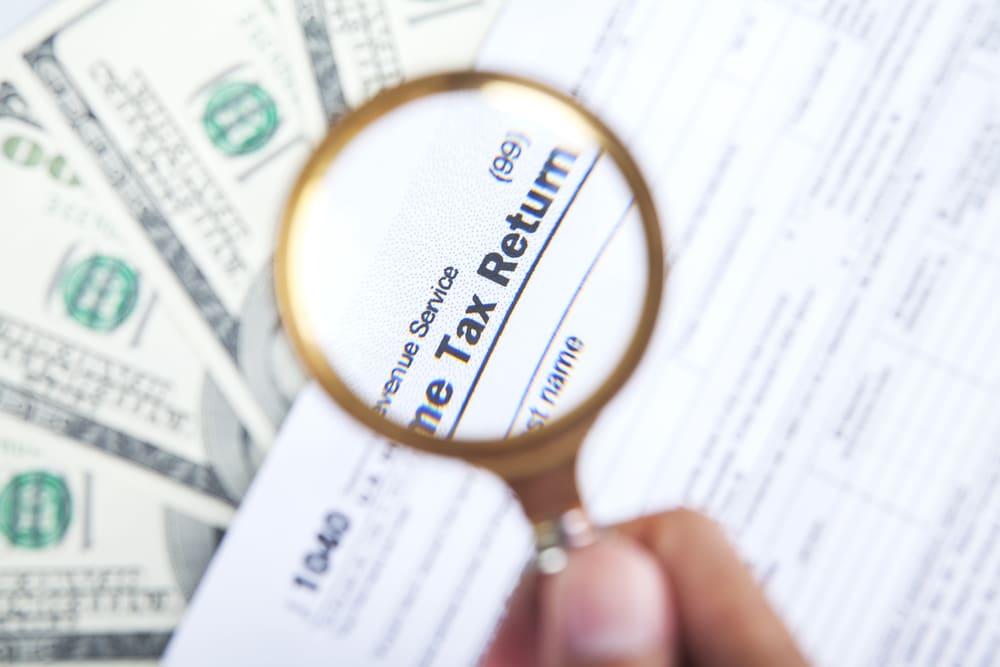
TAX TIP — Small Business Edition
TAX TIP — Small Business Edition
When a C corporation converts to an S corporation, it is subject to an extra set of tax rules. Although the conversion itself is not a taxable event, assets held at the time of conversion when sold during a certain time frame are subject to an extra tax. This time frame is called the recognition period, and income from the sale is subject to built-in gains tax.
A built-in gains tax is the highest corporate tax rate imposed on the business on the appreciation in asset value that existed on the date the business became an S corporation. Individual shareholders may have to pay an additional tax on distribution of the sales proceeds. However, the built-in gains tax can be avoided if the assets are sold after the recognition period.
The recognition period used to be ten years, but it was lowered to seven years when President Obama signed The American Recovery and Reinvestment Act of 2009, and then to five years when he signed the Small Business Jobs Act of 2010.
The shorter recognition period was scheduled to return to ten years after 2012; however, the American Taxpayer Relief Act of 2012 extended the five-year recognition period to cover all sales that take place through the end of 2013.
A good year-end tax planning strategy would be to sell assets that you have held at least five years, thus avoiding the built-in gains tax. In 2014, you’ll have to pay the extra tax on any assets that you have not held for at least ten years. But, who knows? Perhaps Congress will provide another extension with the passage of an eleventh-hour tax relief bill.



